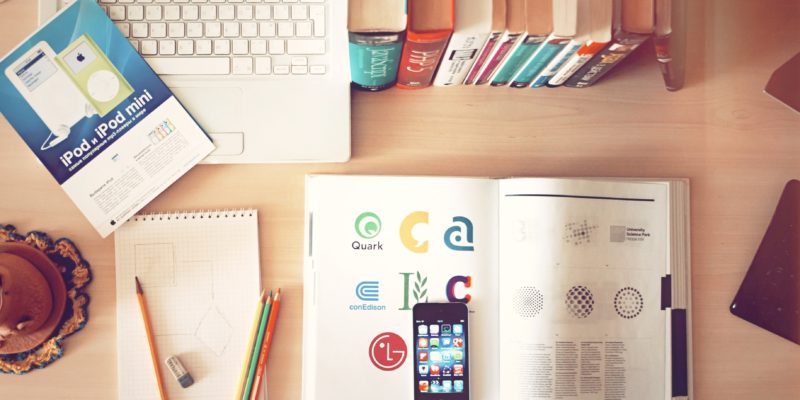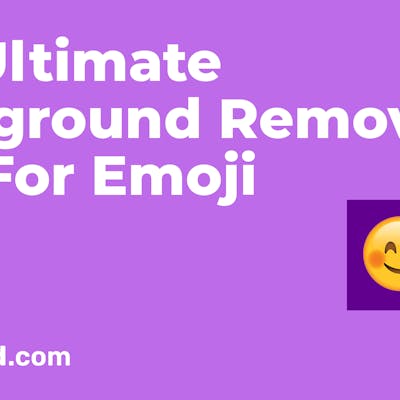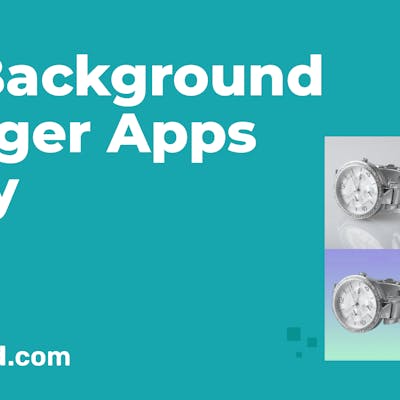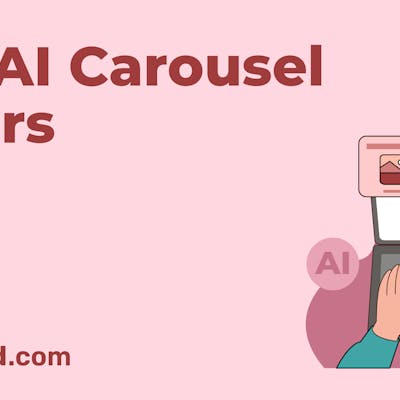
A question often posed by aspiring creative artists these days is, “what is the difference between graphic design and digital design?” While both are imperative to building an unforgettable brand, they are often used interchangeably, particularly by people outside the design industry.
Although both disciplines follow basic design principles, there are some significant differences that we’ll take you through!
What is Graphic Design?
Source: Giphy
As a graphic designer, you have to learn the fundamentals of drawing and design. Graphic design has been around for much longer than digital design and originated with print media. Your main task is to create visual concepts that convey brand identity. A graphic designer focuses on typography, style guides, colors, images, and the use of space. Some common tools used are Adobe Photoshop and Illustrator.
Types of Graphic Design Deliverables:
- Business Cards
- Brochures
- Magazine Spreads
- Letterheads
- Logos
If you’re looking for a career in graphic design there are a few disciplines that might be of interest to you:
- Visual Identity Graphic Design: You will work on building the personality, tone, and essence of the brand identity. You will work closely with stakeholders to create logos, typography, color palettes, etc.
- Marketing and Advertising Graphic Design: You will work with the marketing team to create visuals that speak to their customers. These can be digital or print media such as posters, banners, and email marketing templates.
- User Interface (UI) Graphic Design: Your focus is to improve the way the user interacts with a device or application. UI design focuses on the user’s visual experience and on-screen elements like buttons, menus, and micro-interactions.
Create beautiful visuals for your next marketing campaign with Simplified’s customizable templates!
What is Digital Design?

Source: Giphy
The rise of the internet in the ’90s brought forth a new kind of design – digital design. While graphic design involves mostly static images, digital design entails animations, 3-D modeling, UI/UX Design, and interactive pages. Your task as a digital designer is to create interaction frameworks for your users and product(s).
Types of Digital Design Deliverables:
- Banner Ads
- UX Wireframes
- Animations
- Interactive elements
- Movies
A key attribute of digital design is interactivity. Your design needs to transcend from just pleasing aesthetics to usable, interactive frameworks; keeping the user experience in mind. Digital designers must incorporate responsive elements and work in conjunction with copywriters to blend content and design seamlessly. The addition of analytics in design has made digital design more precise and personalized.
If you’re looking for a career in digital design there are a few disciplines that might be of interest to you:
- UX Design: As a UX designer you focus on the functionality and usability of a digital product. Your deliverables will include wireframes, prototypes, and frameworks.
- Interaction Design: Your focus will be the interaction points between users and the product and the effect of those interactions. Your aim will be to help users achieve their objectives through your product in the best way possible.
- Product Design: This role is very similar to UX design but focuses more on business and brand. You will have to take into consideration the broader scope of the product- how it should work, what it will cost, and whether it aligns with the company’s vision.
Similarities and Differences
The main similarity between graphic design and digital design is the creation of a visual experience for users. In both disciplines, the goal is to inform users in a stimulating and engaging manner.
So what is the difference detween graphic and digital design?
To put it simply, graphic design is for print products and digital design is for digital content. But this is a generalization; the two frequently overlap! Many digital designers rely on the skills of graphic designers for playbooks, brand implementation, and more.
Benefits of upskilling to a digital designer !

The demand for digital designers is far greater than graphic designers alone. Besides that, there are some other benefits as well:
- You’ll have higher number of skillsets on your resumes, making you an invaluable employee.
- Digital designers usually make more money!
- Freelancing is extremely common for digital design, so you can be more flexible with your work/life balance.
- You’re not limited to one type of work. You can work in videography, animation, photography, UI Design, and more!
Ultimately, both digital and graphic design have one aim – to create brand awareness and affinity amongst users.


![10 Best AI Image Restoration Tools to Try in 2025 [Free & Paid] 10 Best AI Image Restoration Tools to Try in 2025 [Free & Paid]](https://siteimages.simplified.com/blog/Best-AI-Image-Restoration-Tools-01.png?auto=compress&fit=crop&fm=png&h=400&w=400)
![How to Use Photoshop AI Generative Fill Feature [2025] How to Use Photoshop AI Generative Fill Feature [2025]](https://siteimages.simplified.com/blog/How-to-Use-Photoshop-AI-Generative-Fill-01-1.png?auto=compress&fit=crop&fm=png&h=400&w=400)
![20 Podcast Thumbnail Ideas to Boost Your Show’s Visual Appeal + Best Practices [2025] 20 Podcast Thumbnail Ideas to Boost Your Show’s Visual Appeal + Best Practices [2025]](https://siteimages.simplified.com/blog/Podcast-Thumbnail-Ideas-to-Boost-Your-Show-02-1.png?auto=compress&fit=crop&fm=png&h=400&w=400)




